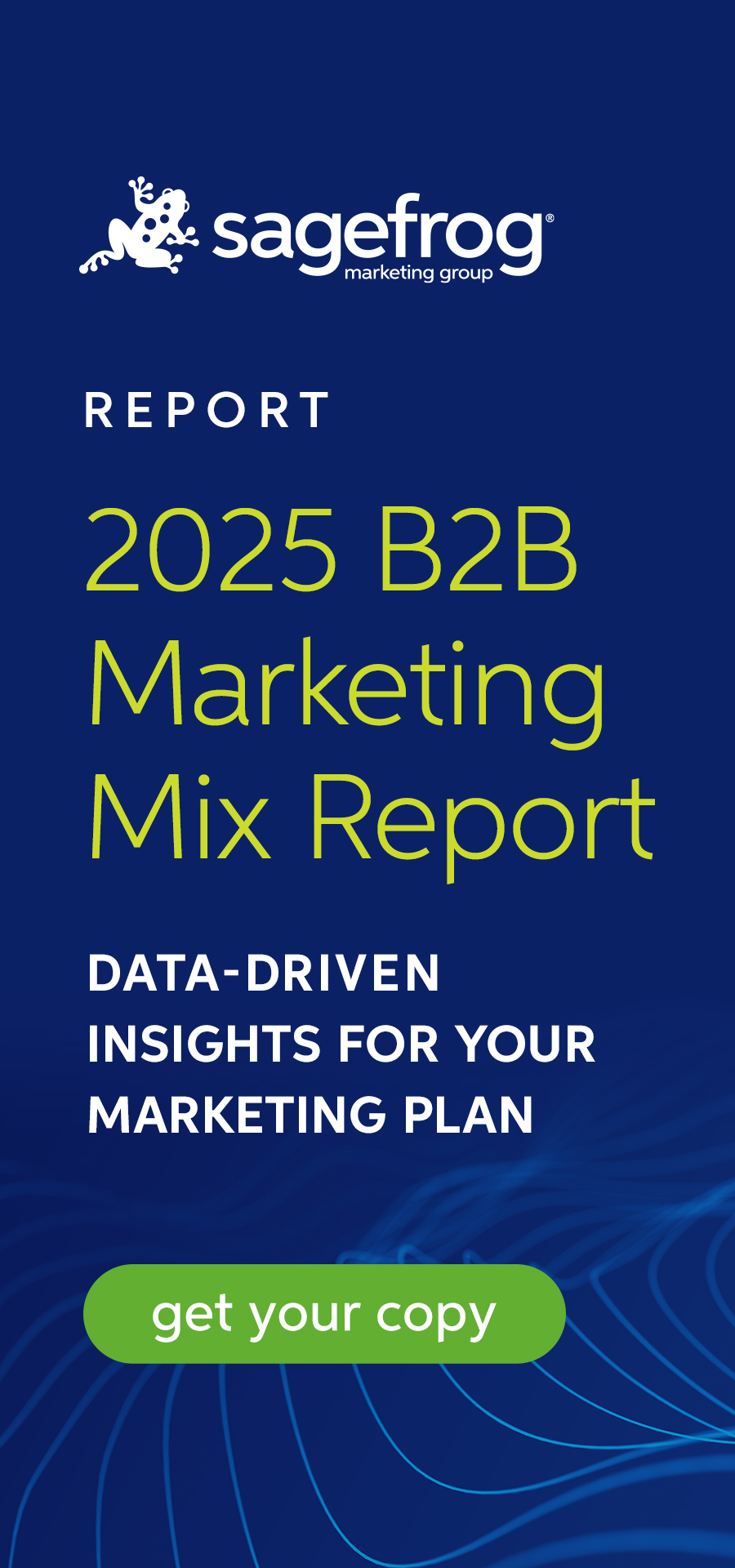Wait – what exactly is a press kit?
A press kit is a package of items such as press releases, business cards, photos, product samplings (when applicable) and more sent to journalists or publications to educate them about your brand and compel them to write about your company.
If properly executed, this can earn your company free coverage and help build strong working relationships with key media contacts. Press kits are often geared toward specific news happenings, such as a product launch or upcoming acquisition, but can also be used to build general brand familiarity. Their purpose is simple: gain recognition and get reporters to write about you.
The Role of Press Kits in the Digital Revolution
The digital revolution brought many changes to news reporting and the traditional press kit quickly became an old-fashioned gesture. In a world of instant, 24/7 communication, why use the postal service to contact the press?
Thus, the press kit has gone digital. Companies now have designated news sections on their website where journalists can view recent coverage and press releases, resources such as case studies and whitepapers, upcoming events and relevant points of contact for further communication.
The digital press kit has quickly become an effective media tool because:
- It’s immediately available to download
- It’s more cost-effective than mailing a traditional kit
- It can be quickly updated as company information changes
- It can include enticing virtual elements like videos, animations and photo libraries
Going digital also allows under the radar media contacts such as niche bloggers and up-and-coming publications to get in touch with you, expanding your network beyond typical media opportunities.
The Role of the Press Release Today (It’s Not Dead Yet)
It’s worth noting that even with all of the changes occurring in public relations, the press release itself is still a necessity. Although many believe the press release format is antiquated, its basic function is still important: to formally announce specific and often breaking news to the public. Yet simply hitting “send” on an email with a press release in tow won’t get you unique coverage. The press release is helpful for providing basic content and facts, but it can’t do the heavy lifting when it comes to creating an angle for reporters. That’s on you (or your company’s media personnel or agency) to contrive and ultimately present to a reporter.
Use best practices to format your press release and subsequent pitch, including:
- Compelling subject lines and personalized greetings
- A convincing pitch about why your news is important
- Bulleted talking points a reporter can easily latch on to
- Sample quotes from your company’s spokesperson
- An invitation for a personal interview with your spokesperson
- A link to the press release and pasted into the pitch email itself
The press release is helpful for providing basic content and facts, but it can’t do the heavy lifting when it comes to creating an angle for reporters.
Overcoming Modern PR Obstacles with a Press Kit
In more ways than one, the traditional press kit aims to solve the exact issue all public relations professionals still wrestle with today: how do I convince the press that my company’s story is worthwhile? Even if the traditional, packaged and delivered press kit is outdated, you can still foster its spirit in the way you pitch stories to the media by keeping correspondence personalized and exciting, much like how it feels to receive a package.
There’s no denying the benefits of the digital press kit, but perhaps media contacts don’t have to do away with packages completely. Certain aspects specific to the original press kit, such as tangibility and the potential to engage all five senses, cannot be replicated through words in an email. When it comes to differentiation in the marketplace, a reporter is far more likely to open a package than an email and more likely to remember a package than an email. While it’s unrealistic for your company to send elaborate press kits for every newsworthy event, in some instances it can be the extra push a reporter needs to cover your story. A word to the wise: save your traditional press kits for major news and events.
Do you need help starting a public relations program for your business? Schedule a consultation with the experts at Sagefrog and let us help you bridge the gap between digital and traditional PR tactics.
Are you interested in B2B marketing services? Contact Sagefrog Marketing Group today.


